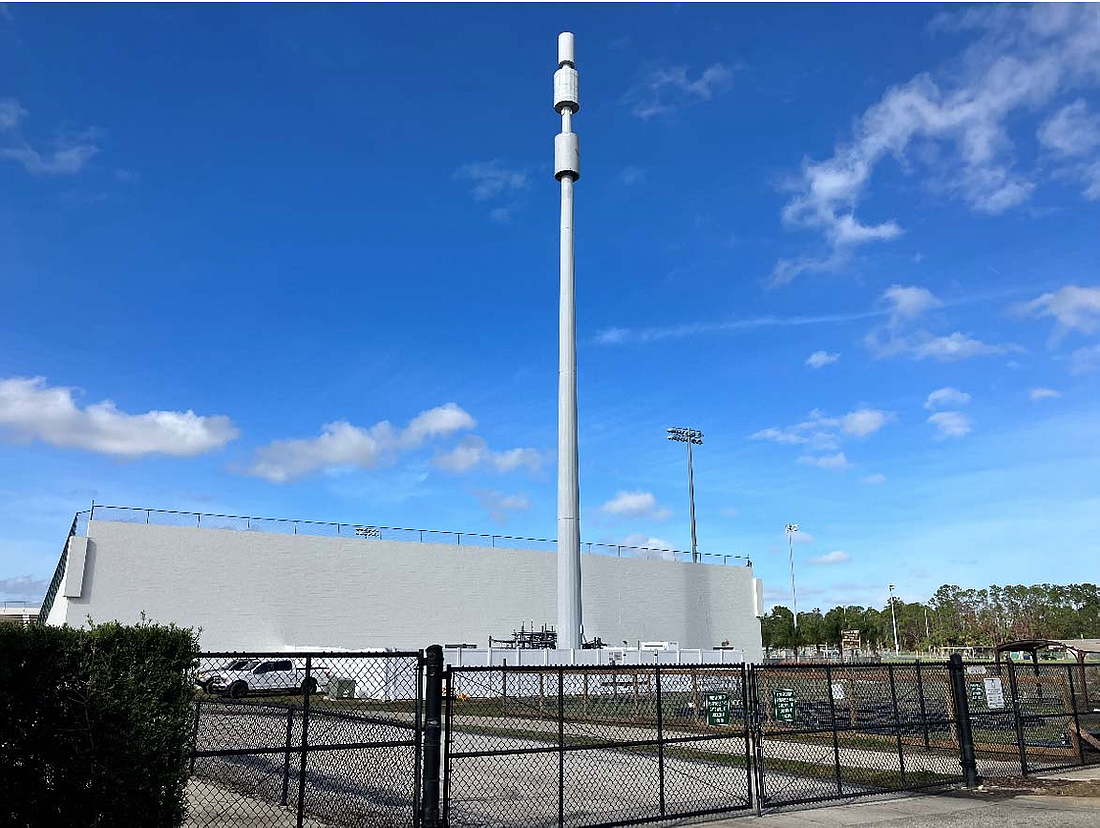- July 26, 2024
-
-
Loading

Loading

Based on a Flagler County School Board directive, SiteSafe performed a radio frequency emission study on the cell tower at Flagler Palm Coast High School and concluded that the emissions are well within FCC standards.
The cell tower is situated behind the football stadium’s visiting bleachers.
Anthony Handley, SiteSafe’s director of engineering, presented the results to the School Board at a Jan. 23 workshop. Dave Freeman, the district’s chief of operations, said 15 locations around the FPC campus were measured during the survery on Dec. 20.
Handley said all of the measurements were less than 1% of occupational standards.
“To convert that to general public standards, you just multiply it by five. So if all the measurements were less than 1% at all other locations, including on top of the bleachers at elevated levels and within the school, then all the measurements for the general public would be less than 5%,” he said. “I would guess that if I took a measurement with a meter that was reading general public, it would still be less than 1% as well.”
Handley said the reason why the exposure levels are so low is because the antennas are elevated.
The study was ordered after the general public voiced concerns about cell tower emissions.
Handley noted that there have been mentions that the RF emission standards, established by the Telecommunications Act of 1996, are antiquated.
“In 2019, the U.S. Circuit Court of Appeals did approach the FCC and had them make a comment and evaluate their standards and their limits … with the help of a number of organizations … including the WHO, the FDA, and the American Cancer Society,” Handley said.
The conclusion in 2021 was that the standards from the 1996 act are sufficient for the safety of the general public, he said.
With the emissions deemed safe, the board discovered there isn’t much else it can do. The contract with the cell companies are automatically renewed every five years with the next auto renewal due in April, 2026, Freeman said. The contract expires in March, 2046, he added.